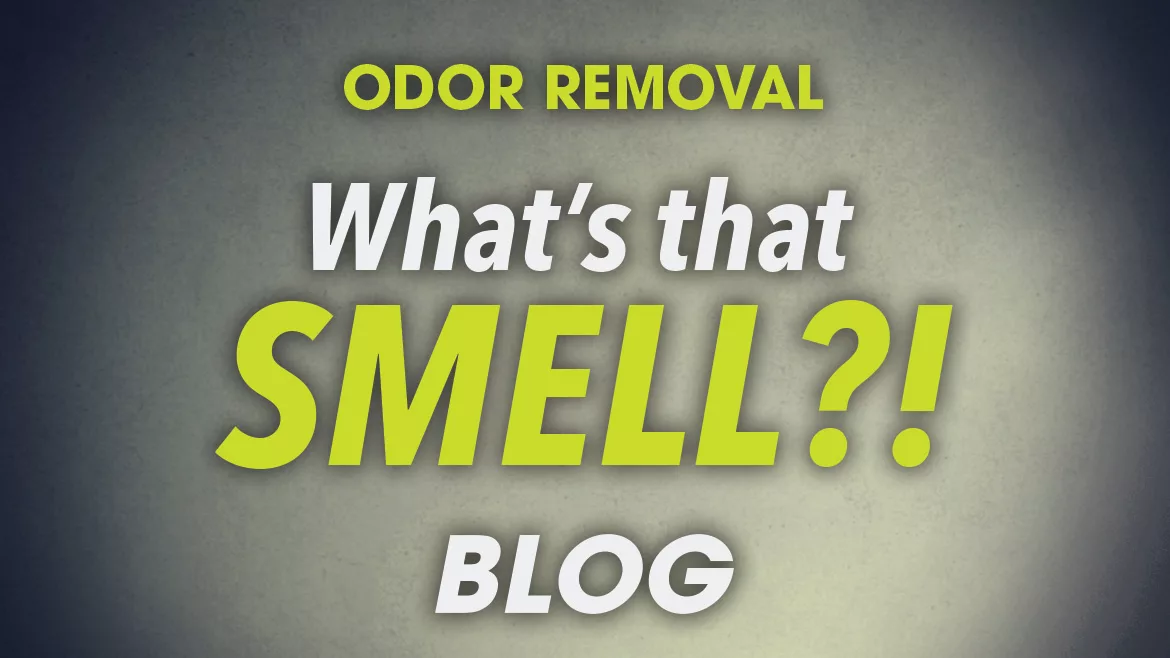Top Tips for Effective Smoke Odor Removal

Fire damage restoration work can be very profitable, while wowing customers with the end result. That said, contractors need effective processes and techniques to rebuild or restore a structure after a fire, and to fully remove the smoke odor for good.
Every year, after the wildfires in California, people air out their homes and think they have gotten the smoke smell out for good. Then the rainy season comes, or a humid day, and the smoke smell returns. Without a proven plan to remove odors from contents and structures, this can be a common scenario of an odor being present one day and gone the next, only to return once again some time later. In some cases, the return of smoke odor can also usher the return of traumatic memories – such as a house fire, or watching a wildfire burn on the horizon at night as firefighters try to keep it at bay. These are all reasons why having an effective smoke odor removal process is important for any restoration company.
Here are some top tips for removing smoke odor for good from a fire-damaged home:
- Remove visibly damaged items.
Anything that cannot be restored or cleaned should be removed from the home. This might include deeply damaged cabinetry from a kitchen fire, burned carpet, melted plastic, and so on. As your crew is removing the items, be sure they are wearing necessary PPE as fire-damaged items can give off a number of toxic VOCs and dioxins.
Depending on your smoke odor removal method, large items without physical damage but that may smell smoky might be able to stay in the home and the odor removed as part of the overall structural restoration process. More on this in #3.
- Clean thoroughly.
Make sure you have a good degreaser and effective cleaners on hand. You might also consider reusable or disposable microfiber clothes to increase cleaning efficacy. Wipe down every surface – walls, counters, floors, furniture, doors, etc. It might take several passes to get all the soot residue off.
- Run odor removal equipment.
What is your preferred odor removal method? There are machines such as hydroxyl and ozone, as well as products you can purchase and use like CLO2 and odor masking agents.
In this scenario, let’s assume you’re using one of the most popular and albeit effective odor removal techniques: hydroxyl. Consider setting up these machines and having them running from day one on the job. As they remove smoke odor from the air, the hydroxyl radicals also have the ability to break down and remove malodors from contents within a structure as well.
- Seal any surfaces as necessary.
If there are thick wooden beams or other porous surfaces you believe could have deep-penetrating smoke odor, you can consider sealing those surfaces just in case. This is an especially popular technique to use on thick wooden beams.
- Do some sniff tests!
Want to be sure the odors are fully gone? Do some sniff tests throughout the home! This is especially important once a homeowner’s contents are brought back. Sniff some furniture and some walls, do you smell anything? If you’ve property followed manufacturer directions for your odor removal equipment and products, you should be able to walk out of the home knowing the odor is gone, and won’t be making an unwanted return.
